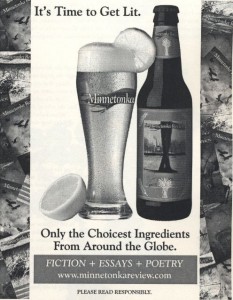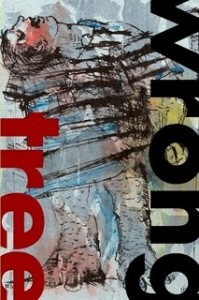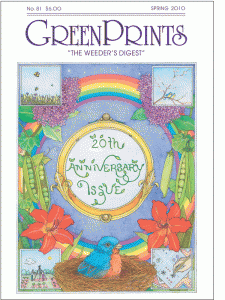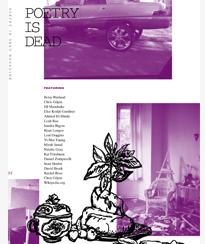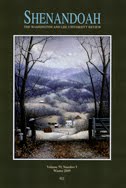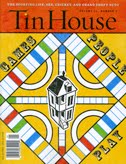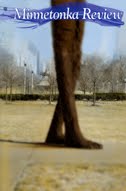Sugar House Review – Fall/Winter 2009
The inaugural issue of this self-defined “independent poetry magazine” presents the work of three dozen poets with no fanfare, pronouncements of intentions or predilections, no submission policy statement, no announcement of prizes or awards, no editorial commentary, and no explanation of its name. In fact, the only information about the journal appears at the end of the its 74 (small format) glossy pages: one page listing the four staff members and editorial address in Salt Lake City, UT and a note that the journal is published biannually; the other a “thank you” to the journal’s sponsor (“Thank you to our sugar daddy”), Nations Title Agency, Inc. in Midvale, Utah. Continue reading “Sugar House Review – Fall/Winter 2009”

